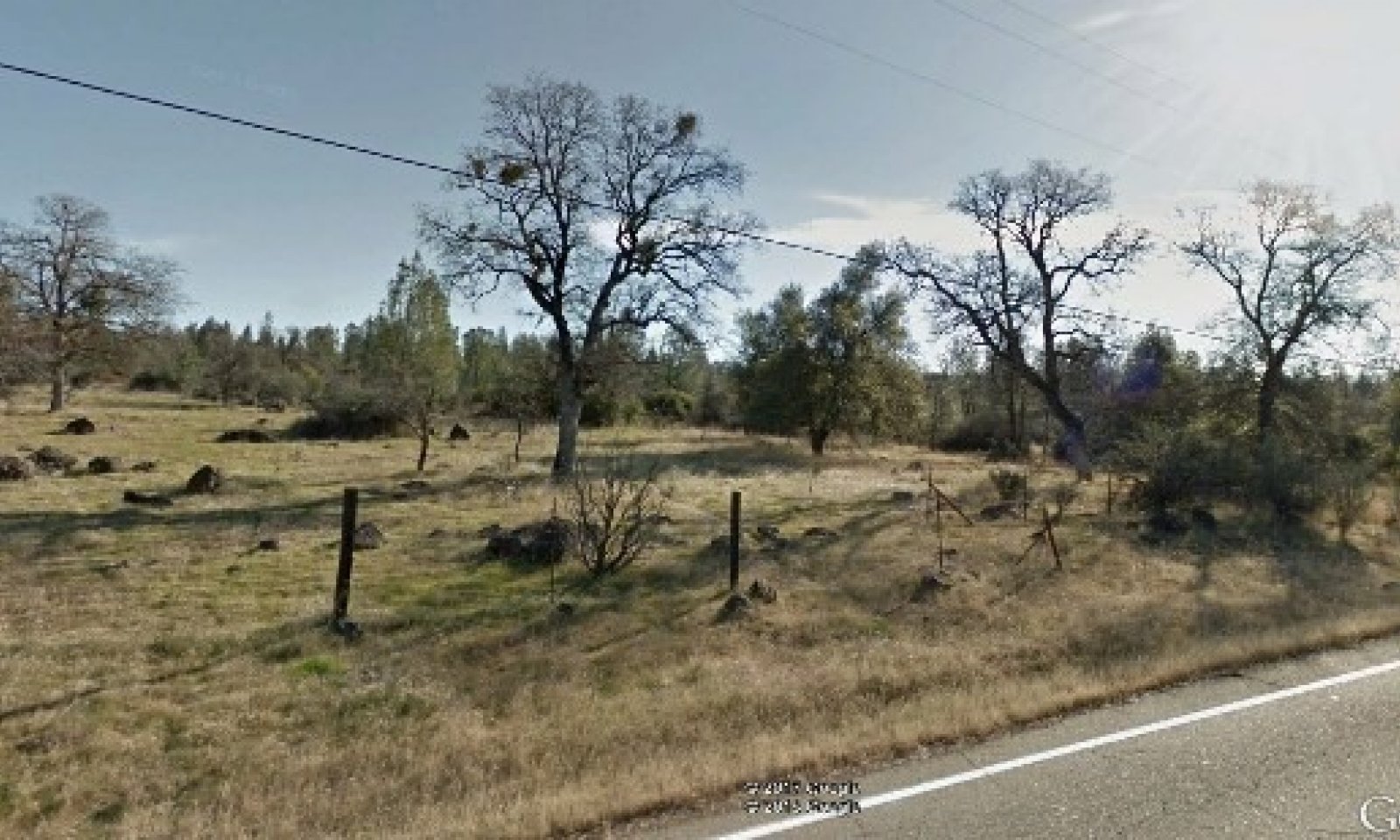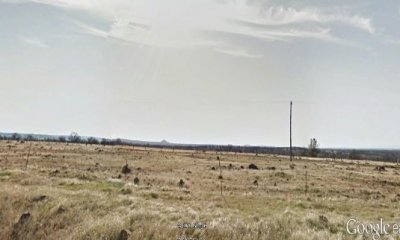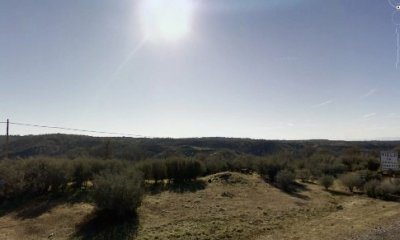
Shallow Mesic Volcanic Ridges
Scenario model
Current ecosystem state
Select a state
Management practices/drivers
Select a transition or restoration pathway
- Transition T1.a More details
- Transition T1.b More details
- Restoration pathway R2.a More details
- Transition T2.a More details
- Restoration pathway R3.a More details
- Restoration pathway T3.a More details
-
No transition or restoration pathway between the selected states has been described
Target ecosystem state
Select a state
Submodel
Submodel
Mechanism
This transition occurs after repeated high severity fires or combination of mechanical clearing and grazing, resulting in loss of tree and shrub component.
Mechanism
This transition occurs after tand replacing fire in areas where closed shrublands are establishing. Higher rates of survival of drought tolerant shrubs such as whiteleaf manzanita (which can withstand very low water potentials) and ceanothus, than the oak component leads to chaparral communities.
Restoration pathway R2.a


Mechanism
This restoration pathway occurs with oak planting (natural regeneration events are episodic & rarely occur). Low intensity fire can also result in re-sprouting of oaks.
Mechanism
This transition occurs after seed source of chaparral shrubs is established from adjacent sites.
Restoration pathway R3.a


Mechanism
This restoration pathway occurs with tree planting, often requires shade screens, and seedling protection from browsers to be successful. This also may require brush management to reduce chaparral component
Model keys
Briefcase
Add ecological sites and Major Land Resource Areas to your briefcase by clicking on the briefcase (![]() ) icon wherever it occurs. Drag and drop items to reorder. Cookies are used to store briefcase items between browsing sessions. Because of this, the number of items that can be added to your briefcase is limited, and briefcase items added on one device and browser cannot be accessed from another device or browser. Users who do not wish to place cookies on their devices should not use the briefcase tool. Briefcase cookies serve no other purpose than described here and are deleted whenever browsing history is cleared.
) icon wherever it occurs. Drag and drop items to reorder. Cookies are used to store briefcase items between browsing sessions. Because of this, the number of items that can be added to your briefcase is limited, and briefcase items added on one device and browser cannot be accessed from another device or browser. Users who do not wish to place cookies on their devices should not use the briefcase tool. Briefcase cookies serve no other purpose than described here and are deleted whenever browsing history is cleared.
Ecological sites
Major Land Resource Areas
The Ecosystem Dynamics Interpretive Tool is an information system framework developed by the USDA-ARS Jornada Experimental Range, USDA Natural Resources Conservation Service, and New Mexico State University.







